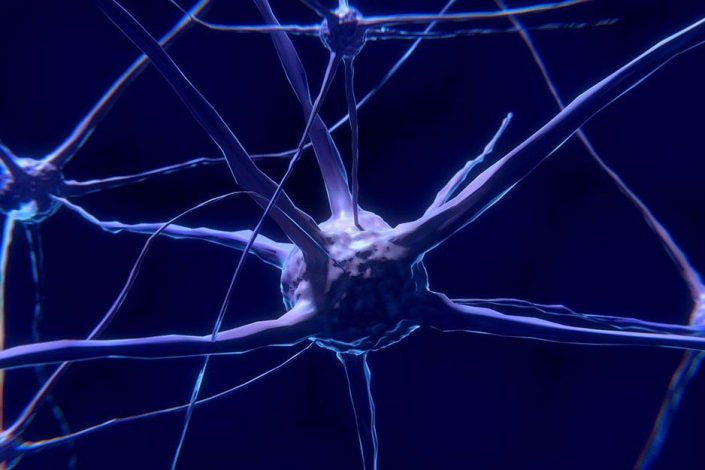Shedding light on cognitive aging

Why does aging cause severe deterioration in memory and thinking abilities in some people and not in others? Neuroscientist William Griffith, PhD, Regents Professor and department head at Texas A&M College of Medicine, is merging tools from neuroscience and engineering to investigate the neural basis of cognitive decline with age.
Griffith and his team look at age-related changes in electrical properties of neurons and their impact on neuronal communication. “We’re interested in studying properties of synaptic transmission and neuronal properties in parts of the brain important in cognitive behavior,” he said.
Much of Griffith’s research focuses on the part of the brain that undergoes neurodegeneration in Alzheimer’s disease. This region, called the basal forebrain (BF), contains a variety of cells. However, BF cholinergic neurons (the cells that use the neurotransmitter acetylcholine for communication) make dense interconnections with other parts of the brain involved in memory and attention. Thus, a loss of BF cholinergic cells, as in Alzheimer’s, contributes to a progressive cognitive decline.
Earlier work from Griffith’s team showed that the delicate balance of calcium ions across cholinergic neurons’ cell membranes is altered in aged animal models showing signs of cognitive decline. These results suggested that calcium ion-dependent functions such as synaptic transmission of cholinergic cells might also be affected. Over time, these changes could cause BF cholinergic cells to function abnormally.

